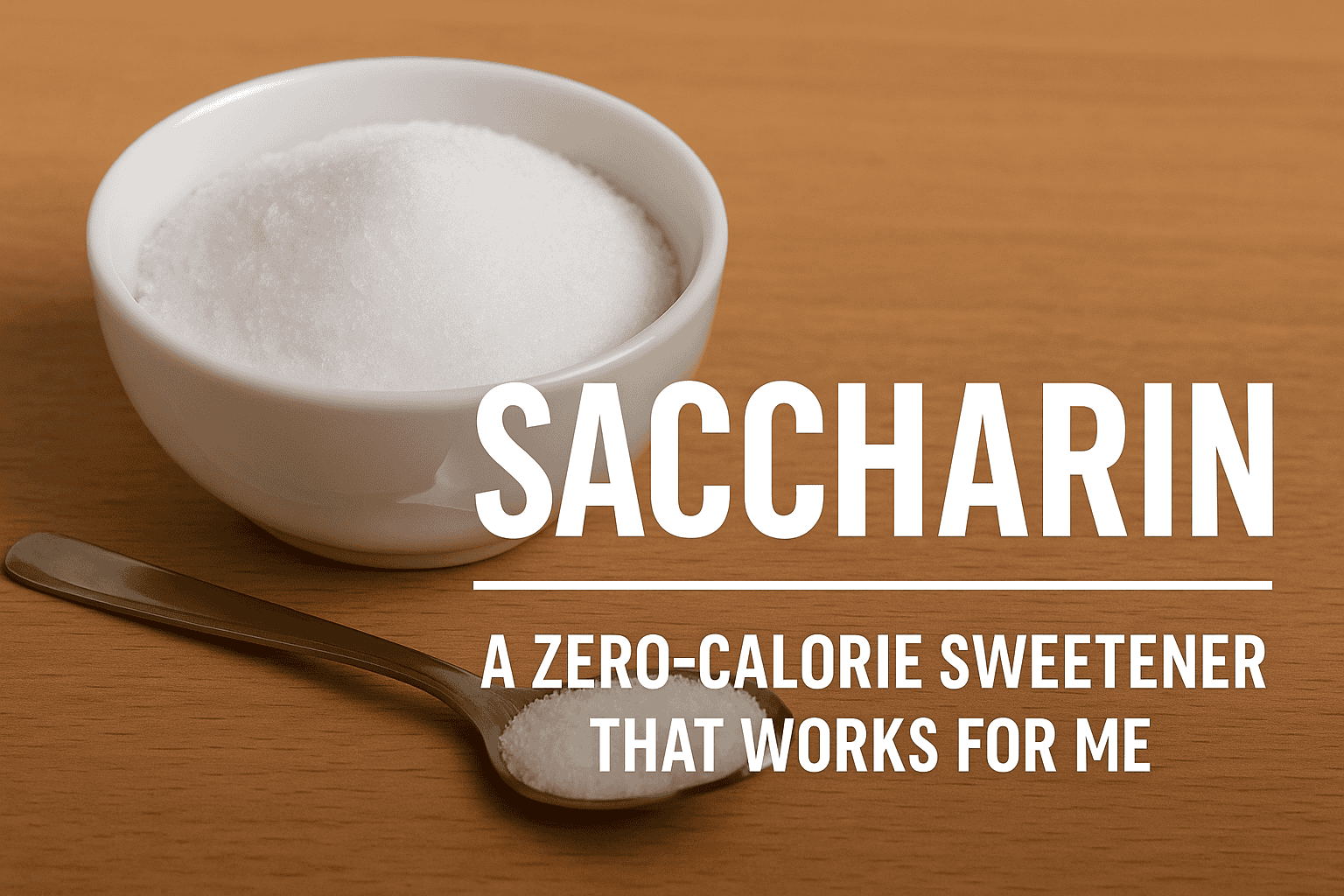Fiber in the prevention of obesity
When I first learned about dietary fiber, I thought it was just something that “keeps you regular.” But over time, through personal experience and digging into credible research, I realized fiber does much more than support digestion—it’s essential for weight management, gut health, and even disease prevention.
What Is Dietary Fiber, Really?
Dietary fiber is technically a type of carbohydrate, but unlike sugars or starches, it doesn’t provide energy or calories. That’s because it isn’t fully digested or absorbed by our bodies. You’ll find fiber in all plant-based foods—like fruits, vegetables, legumes, nuts, and whole grains.
Now here’s the interesting part: fiber isn’t considered a nutrient in the traditional sense. It resists digestion and moves through the digestive tract largely intact. But once it reaches the large intestine, some of it undergoes fermentation, producing short-chain fatty acids (SCFAs). These SCFAs are powerful—they support immune function, reduce inflammation, and feed the good bacteria in your gut.
Types of Fiber and How They Work Differently
🌱 Soluble Fiber
Soluble fiber dissolves in water and forms a gel-like consistency in the gut. This slows digestion, which helps you feel full for longer. It also reduces spikes in blood sugar and lowers bad cholesterol. I’ve noticed that adding more soluble fiber—like oats, flaxseed, apples, and beans—made me feel full between meals and helped me avoid unhealthy snacking.
Soluble fiber includes:
- Inulin
- Pectin
- Gums
- Fructooligosaccharides (FOS)
One thing I learned the hard way: soluble fiber can cause gas due to fermentation—but that’s a good sign your gut microbiome is active and healthy.
🌾 Insoluble Fiber
Insoluble fiber doesn’t dissolve in water. Instead, it adds bulk to stool and speeds up the movement of waste through the intestine. Think of it as a natural “broom” for your gut. I started including more whole grains, raw vegetables, and nuts in my diet and saw major improvements in regularity and bloating.
Insoluble fiber includes:
- Cellulose
- Hemicellulose
- Lignin
- Resistant starch
Besides helping prevent constipation and hemorrhoids, this type of fiber may also help prevent colon cancer by keeping the digestive tract clean and moving.
How Fiber Helps With Weight Management
Fiber has been a game-changer in my weight loss journey. Here’s how:
- Promotes satiety: I eat less without feeling deprived.
- Slows absorption of sugars: It prevents insulin spikes and cravings.
- Lowers calorie density of meals: High-fiber meals are usually lower in calories but more filling.
Incorporating 30–40 grams of fiber per day—as nutrition experts recommend—made a clear difference in my appetite control and digestion. I always aim for a balance of soluble and insoluble fiber for best results.
A Word of Caution: Too Much Fiber?
Yes, it’s possible to overdo it. When I first ramped up my fiber intake too quickly, I felt bloated and uncomfortable. Excess fiber can cause gas, cramping, or even block absorption of minerals like iron and calcium. So, I started increasing fiber gradually and made sure to drink plenty of water, which made a huge difference.
Final Thoughts
Fiber isn’t just about digestion—it’s about total health. From managing weight and improving cholesterol to protecting against colon cancer and supporting gut flora, fiber is foundational to a healthy life.
✅ My Tips Based on Experience:
- Start slowly and build up your fiber intake.
- Mix both types of fiber in your meals.
- Stay hydrated—fiber without water can cause more harm than good.
- Don’t rely on supplements—real, whole food sources work best.




